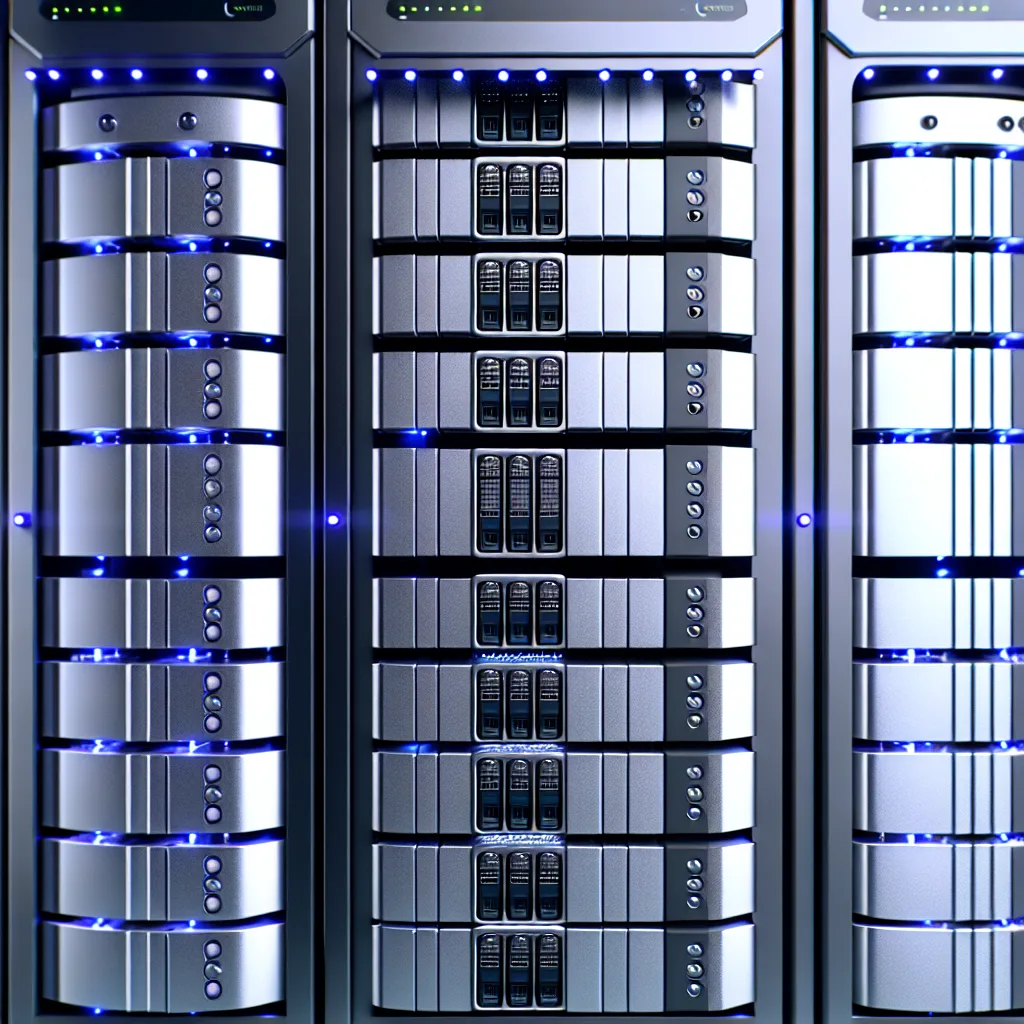A simple guide on handling large NAS builds with dozens of HDDs and SSDs
If you’ve ever thought about building your own NAS (Network Attached Storage), you might usually picture a device with just a handful of drives. But what happens when you’re looking at a large NAS build, something with 47 HDDs and 50 SSDs? That’s exactly the kind of project that feels both exciting and overwhelming. I recently faced this very situation, and here’s what I learned along the way.
Understanding the Scale of a Large NAS Build
First off, it’s important to realize how big and complex a large NAS build can get. With nearly 100 drives, you’re not just plugging in hard drives randomly; you’re dealing with significant power, cooling, data management, and physical space challenges. This isn’t just a ‘‘plug and play’’ kind of setup.
The primary keyphrase “large NAS build” is crucial from the start because it sets the tone for all the planning decisions to come.
Step 1: Assess the Needs and Purpose
Before diving in, make a solid list of what the NAS will be used for. Is it primarily for video editing storage? Backup? Long-term archival? Different workloads may demand different configurations. For example, SSDs can be excellent for quick access and scratch space, while HDDs work well for sheer storage volume.
Step 2: Choosing the Right Hardware
- Chassis: You’ll need a chassis or multiple chassis with enough bays. Enterprise-grade storage enclosures from brands like Supermicro or Norco can handle 45+ drives per unit. You might end up stacking a couple of these.
- Motherboard & CPU: Since the workload might be intensive, choose a reliable motherboard with enough PCIe slots for additional RAID cards or HBAs (Host Bus Adapters), and a CPU that can handle multiple threads efficiently. A server-grade CPU could be the way to go.
- Power Supply: Powering 100 drives is no joke. Consider high-wattage, redundant power supplies.
- Cooling: Proper airflow is critical. Drives generate heat, especially when packed tightly.
Step 3: Storage Controllers and Connectivity
Since you can’t connect 100 drives directly to your motherboard, you’ll need HBAs or RAID controllers. These cards manage connections between your drives and your system. It’s worth researching the compatibility of controllers with your setup. Technologies like SAS expanders can increase the number of drives you can connect through a single controller.
Step 4: Decide on the File System and RAID
When dealing with so much data, safety and performance are key. Consider RAID configurations or ZFS pools that offer excellent redundancy and performance. ZFS, for example, is renowned for data integrity and can handle large arrays, although it has hardware requirements.
Step 5: Plan for Backup and Maintenance
Even the best NAS can fail. Have a backup solution in place for critical data. Also, monitor drive health regularly. Automated alerts and tools can help keep the system running smoothly.
A Few Helpful Resources
- ZFS on Linux – Learn why ZFS might be a good fit.
- Supermicro Storage Solutions – For high-density storage chassis.
- Synology DiskStation NAS – While geared more towards consumer/prosumer, their product insights can be invaluable.
Final Thoughts
Building a large NAS is a challenge, but breaking it down into manageable steps makes it doable. Start with understanding the purpose, pick the right hardware, and carefully plan your software setup. With almost 100 drives involved, patience and planning are your best friends. Before you know it, you’ll have a storage giant ready to tackle any workload your editor or yourself throw at it.
Don’t be afraid to ask for help from communities or professionals. Hardware choices and configurations can be tricky, but sharing your goals usually brings great advice. Now, who’s ready to build a large NAS build of their own?
